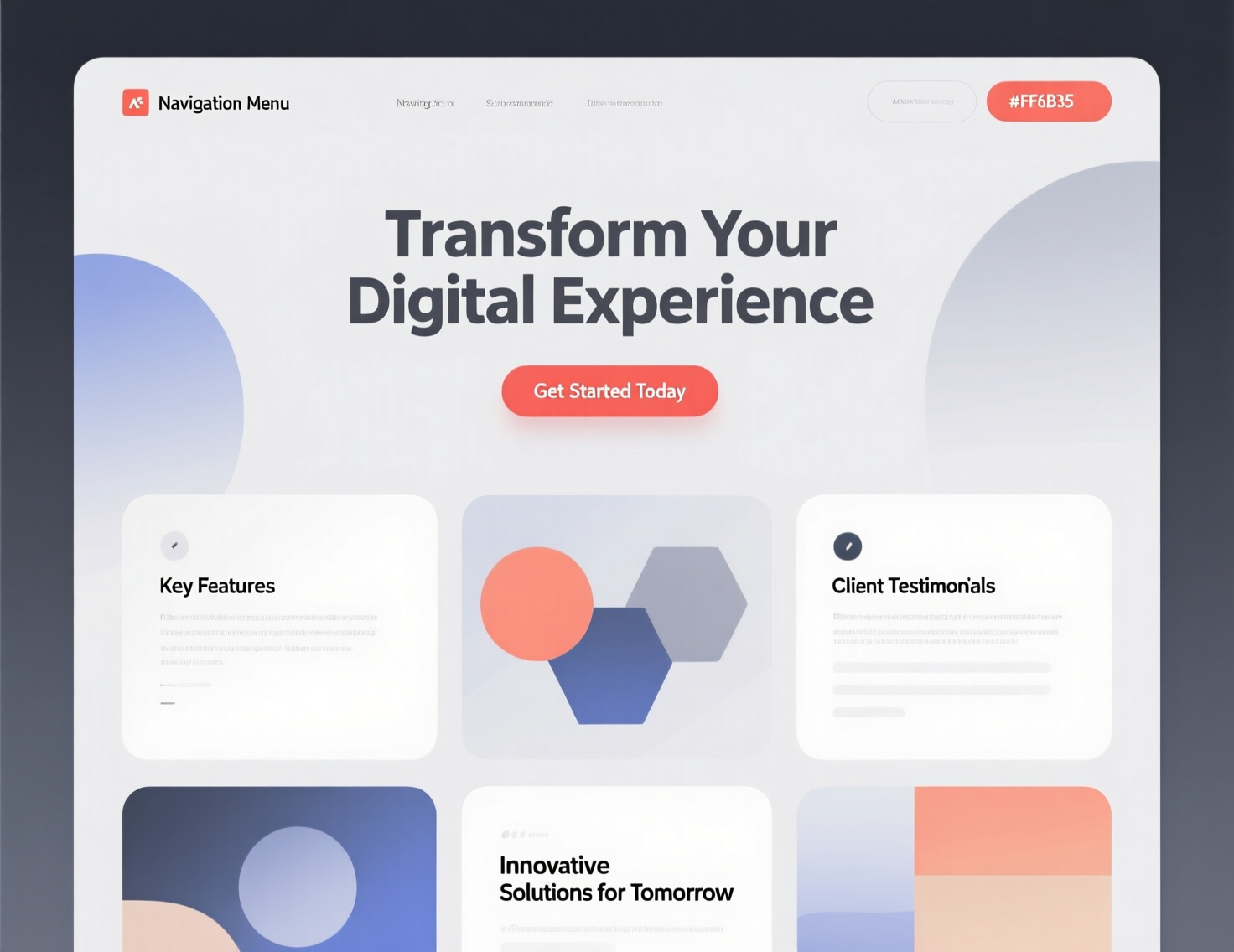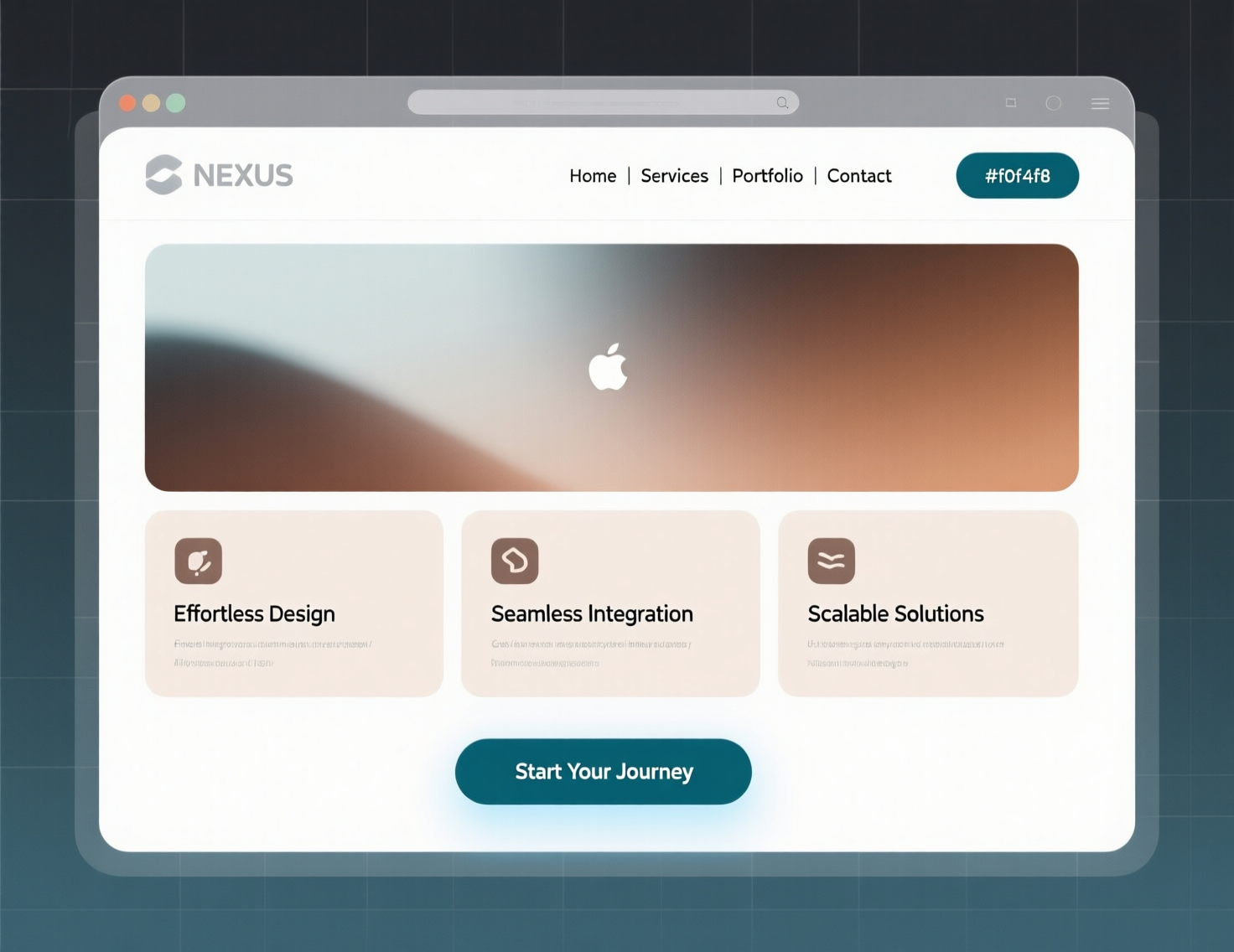Responsive Web Design in Singapore: The Secret to Thriving in a Mobile-First Market
Why Responsive Web Design in Singapore Matters for Your Site

In Singapore, where mobile connectivity is part of everyday life, your website’s design can decide whether visitors stay—or bounce. With more than 80% of internet traffic coming from mobile, responsive web design (RWD) is no longer optional. It’s a must for businesses that want to attract, engage, and convert users.
This post explores what responsive web design is, why it matters in Singapore, the latest trends, and how it directly impacts SEO, conversions, and customer loyalty.
What Is Responsive Web Design and Why Does It Matter?
Responsive Web Design (RWD) is an approach that allows websites to automatically adapt to any screen size, from desktops to tablets and smartphones.
Benefits of RWD at a Glance:
- Better user experience and seamless navigation
- Higher conversion rates (studies show up to 30% improvement)
- Improved SEO rankings with Google’s mobile-first indexing
- Reduced bounce rates and longer session times
By using tools like Bootstrap or CSS media queries, developers ensure that sites look and function beautifully on all devices—boosting both performance and visibility.
Web Design Trends in 2025
Mobile-First Design
Mobile-first is more than a buzzword—it’s survival. Over 60% of users won’t return to a site that isn’t mobile-friendly. Frameworks like Bootstrap or Foundation make it easier to implement responsive layouts.
Minimalist Layouts and Bold Typography
Clean, uncluttered designs improve readability and load faster—two critical factors for keeping visitors engaged.
Speed and Accessibility
Fast loading times, intuitive navigation, and legible fonts are now baseline expectations. Tools like Google’s Mobile-Friendly Test and PageSpeed Insights help keep your site in check.
Why Responsive Design Is Crucial in Singapore
Mobile Usage Is the Norm
- Over 90% of Singapore’s population uses smartphones daily.
- 80% of internet traffic comes from mobile devices.
Consumer Behavior Insights
- 70% of Singaporeans prefer mobile-friendly websites when shopping.
- Businesses that fail to optimize risk losing more than half of potential sales.
Tools like Hotjar (heatmaps) and Google Analytics (traffic analysis) can reveal exactly how mobile users behave on your site.
Key Benefits of Responsive Web Design
1. Improved User Experience
Responsive sites reduce bounce rates by up to 40% and encourage users to stay longer. Testing platforms like BrowserStack ensure your site performs consistently across devices and browsers.
2. SEO Advantages
Google rewards mobile-friendly sites with higher rankings. By combining fluid grids, flexible images, and structured data, you’ll see stronger organic traffic and better visibility.
3. Increased Conversions
Case studies show that responsive design can directly increase sales—sometimes by as much as 25% in e-commerce.
Risks of Ignoring Responsive Design
- Higher Bounce Rates: Non-responsive sites see up to 50% more visitors leaving.
- Lost Revenue: Firms can lose up to 60% of potential sales.
- Damaged Brand Image: Users equate poor mobile experiences with unprofessional brands.
Best Practices for Responsive Web Design
- Use fluid grids to create flexible layouts.
- Apply CSS media queries to adjust styles for different screen sizes.
- Test regularly with Google Chrome DevTools and Google Mobile-Friendly Test.
- Optimize loading speed with CDNs like Cloudflare and adaptive images (e.g., ImageMagick).
Future of Web Design in Singapore
Expect stronger emphasis on:
- Dark Mode for accessibility and eye comfort.
- AI-powered chatbots (like Tidio, Chatfuel) for 24/7 support.
- Faster sites powered by CDNs, optimized code, and lightweight design.
Businesses that invest in these trends now will be better positioned to capture—and keep—Singapore’s increasingly mobile-first audience.
Conclusion
In Singapore’s mobile-first digital landscape, responsive web design isn’t just a nice-to-have—it’s a growth strategy. From SEO to conversions and brand trust, it impacts every part of your online presence.
If your site isn’t mobile-optimized yet, now’s the time to act. A responsive site ensures you stay relevant, competitive, and ready for the future.














